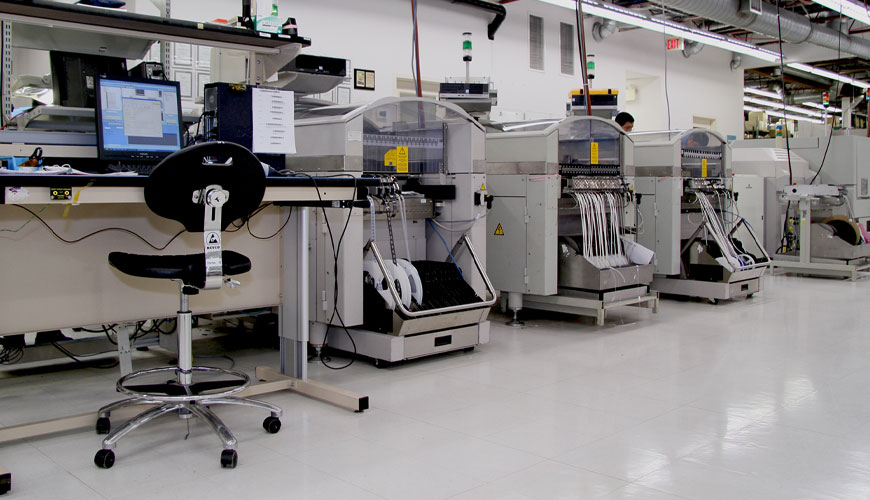

EUROLAB, with its state-of-the-art accredited laboratories and expert team, provides precise and fast testing services within the scope of DIN 10113 testing. This standard specifies a method for the quantitative determination of surface microbe content on furniture and utensils in the food industry using the example of the drip plate method. Following the sampling described in this standard, other suitable quantitative detection methods may be used.

This procedure is also suitable for microbiological control of the efficacy of cleaning agents and disinfectants. The procedure cannot be used for furniture and consumer goods with macroscopically visible disinfectant or cleaning agent films.
Homogenization is a largely homogeneous distribution of cell and tissue components in an aqueous phase and can be achieved with electromechanical scaffolds, whereby microbial cell clumps must also be dissolved.
Dilutions are obtained by mixing a partial volume of the first decimal or non-decimal dilution with 9 times the volume of the dilution solution and repeating this process, always starting with the previous dilution, until a dilution series suitable for inoculating the microbiological medium is obtained.
A surface of a certain size to be inspected is marked (for example, with a stencil) and then wiped with a moistened and dry cotton swab. After closing the swab from the carrier, both cotton carriers are shaken electromechanically or homogenized (initial dilution) in a vessel containing sterile dilution solution. From this dilution, a suitable dilution series can be produced to inoculate the culture medium with further decimal dilutions. Agar plates are incubated and the number of growing colonies is counted.
The number of surface microbes per cm² is calculated from the number of colony-forming units determined per ml suspension, taking into account the GibBe of the examined surface and the total volume of the initial dilution and dilution factor.
Chemicals and soil components must be suitable for microbiological purposes. To obtain comparable results, clearly specified culture media components and analytical grade chemicals and dry culture media should be used. The manufacturer's instructions must be strictly followed. The water used must be either distilled or demineralized in glass containers and of at least an appropriate purity. It should not contain any components that affect the growth of microorganisms.
EUROLAB assists manufacturers with DIN 10113 test compliance. Our test experts, with their professional working mission and principles, provide you, our manufacturers and suppliers, the best service and controlled testing process in our laboratories. Thanks to these services, businesses receive more effective, high-performance and quality testing services and provide safe, fast and uninterrupted service to their customers.
To get an appointment, to get more detailed information or to request an evaluation, you can ask us to fill in our form and reach you.